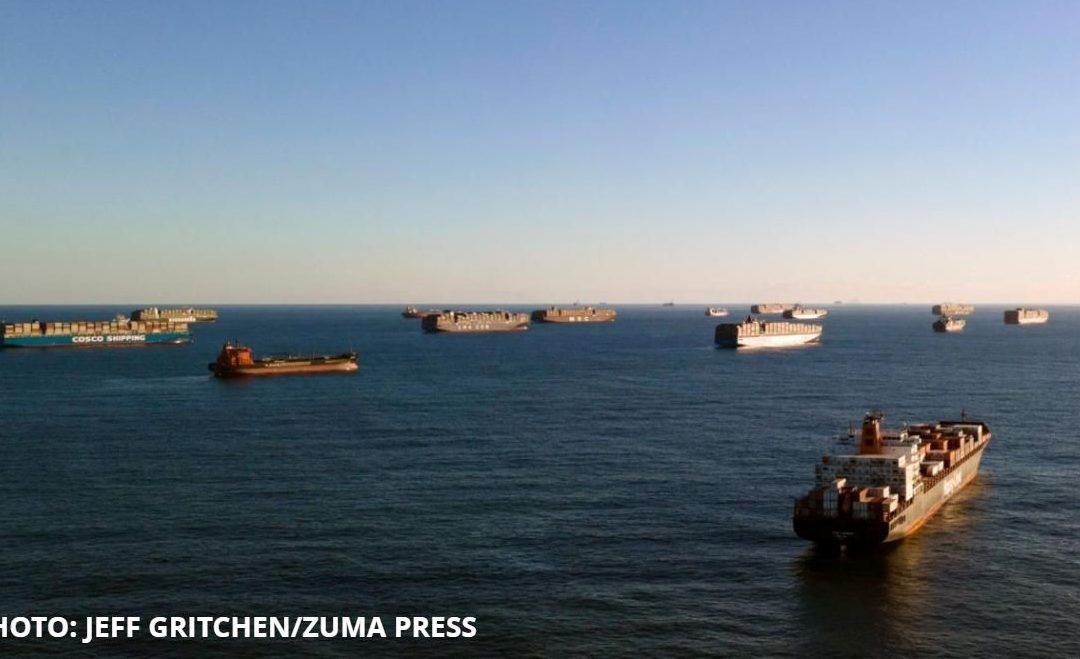Shipping lines have started moving some operations to smaller ports and have canceled some sailings altogether to avoid the backups that have tied up dozens of ships and hundreds of thousands of containers stuffed with goods off the ports of Los Angeles and Long Beach.
Dozens of ships are waiting offshore, disrupting supply chains and sending carriers and their customers looking for alternatives. A Hapag-Lloyd spokeswoman said the company has moved some cargo to smaller ports on the West Coast such as Oakland, but congestion is also worsening at those sites. “Vessels are delayed in every port, in North America, but also in Asia, which means that we can no longer maintain our schedules and vessels slide,” the spokeswoman said.
Moving import gateways can be difficult, and bring new headaches and higher costs. “You can switch from one to the other, but you need to consider the end-to-end supply chain cost on top of the transit time,” said Bjorn Vang Jensen, of Denmark based marine data company Sea-Intelligence ApS.
Industry observers don’t expect the backups to be cleared anytime soon; in fact, carrier Hyundai Merchant Marine (HMM) stated that the scarcity of containers and space on vessels will last through at least the first quarter of this year, with a likelihood that this situation continues until late spring. Supply chain disruptions led mainly by a backlog of containers and terminal congestions at several main ports are on course to remain unabated over the short term.
Sources: Wall Street Journal, ShippingWatch



